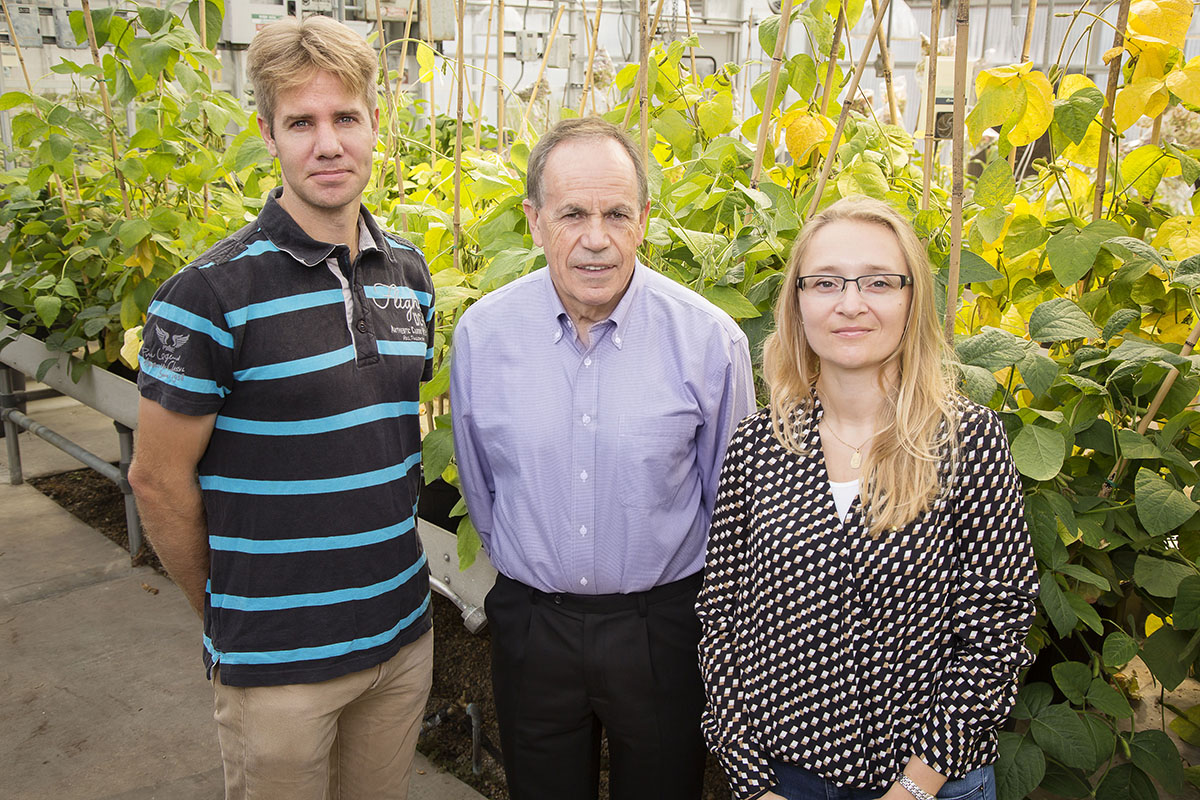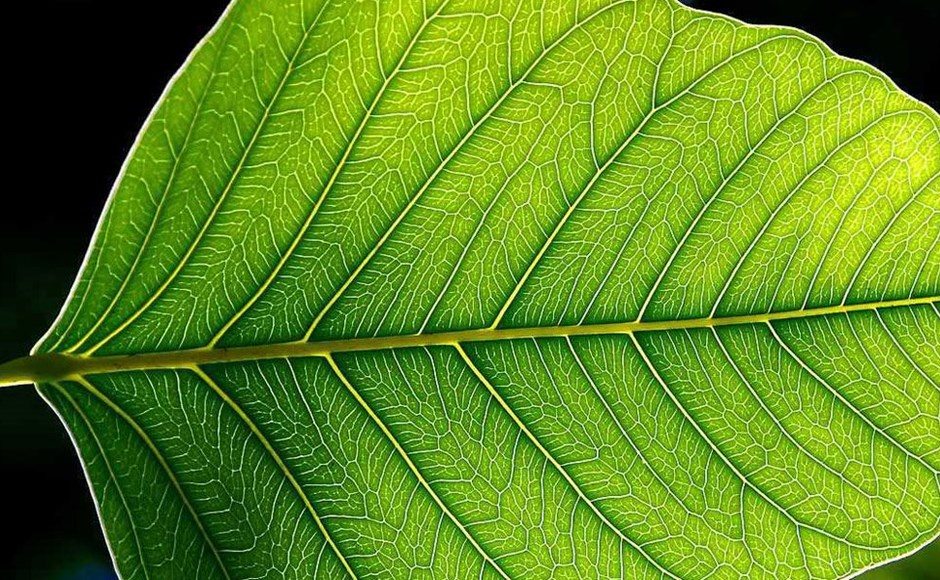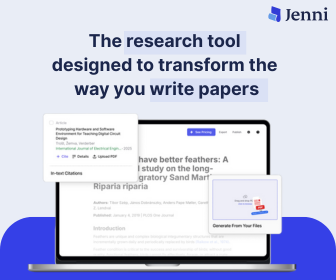In a First, Scientists Genetically Engineer Crop to Take Up 25% Less Water
Demand for primary foodstuffs, that is, grains and seeds of our major crops, may increase by 70–100% by 2050. And a major barrier to meeting this large demand will be availability of water for crop production. Crop productivity strongly depends on having a sufficient supply of freshwater, and agriculture consumes 90% of total global freshwater.
A large proportion of global food crops depend on irrigation, which is depleting global groundwater, and putting the sustainability of global food production at risk. To capture atmospheric CO2 during photosynthesis, stomatal pores need to stay open to allow CO2 diffusion into the leaf. However, stomatal opening causes most of the water absorbed by plant roots to be lost via transpiration.
To remedy this, an international team of scientists lead by the University of Illinois, discovered that a specific protein called Photosystem II Subunit S (PsbS) can be increased to force a plant to partially close its stomata. The stomata, tiny pores in a leaf, open and close to either let carbon dioxide in or oxygen out, regulating the process of photosynthesis.
By altering a single gene, scientists coaxed tobacco plants — a model crop often used in experiments — to grow to near normal size with only 75 percent of the water they usually require.
“These plants had more water than they needed, but that won’t always be the case,” said co-first author Katarzyna Glowacka, a postdoctoral researcher who led this research at the IGB. “When water is limited, these modified plants will grow faster and yield more—they will pay less of a penalty than their non-modified counterparts.”
“This is a major breakthrough,” said RIPE Director Stephen Long, Ikenberry Endowed Chair of Plant Biology and Crop Sciences. “Crop yields have steadily improved over the past 60 years, but the amount of water required to produce one ton of grain remains unchanged—which led most to assume that this factor could not change. Proving that our theory works in practice should open the door to much more research and development to achieve this all-important goal for the future.”

By carefully tweaking PsbS expression, researchers were able to improve the ratio of carbon dioxide entering the plant to water escaping (water use efficiency) by 25 percent. The improvement demonstrated in field trials was achieved without sacrificing photosynthesis performance or yield. This was partly made possible by the fact that humans have increased the CO2 concentration in the atmosphere by 25 percent in just the past 70 years. The higher CO2 content allows plants to absorb enough of the gas without fully opening their stomata.
This research complements a previous work which described how increasing PsbS and two other proteins could improve photosynthesis and increase productivity by as much as 20 percent. Now the team plans to combine the gains from these two studies to improve production and water-use by balancing the expression of these three proteins.
“Making crop plants more water-use efficient is arguably the greatest challenge for current and future plant scientists,” said co-first author Johannes Kromdijk, a postdoctoral researcher at the IGB. “Our results show that increased PsbS expression allows crop plants to be more conservative with water use, which we think will help to better distribute available water resources over the duration of the growing season and keep the crop more productive during dry spells.”























